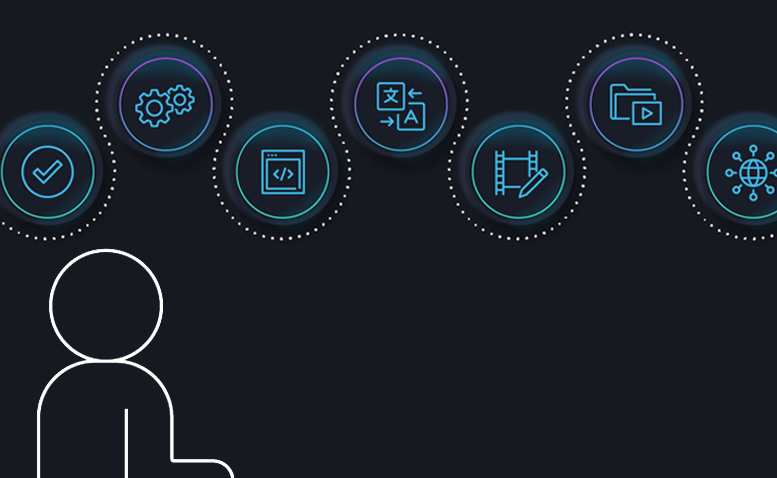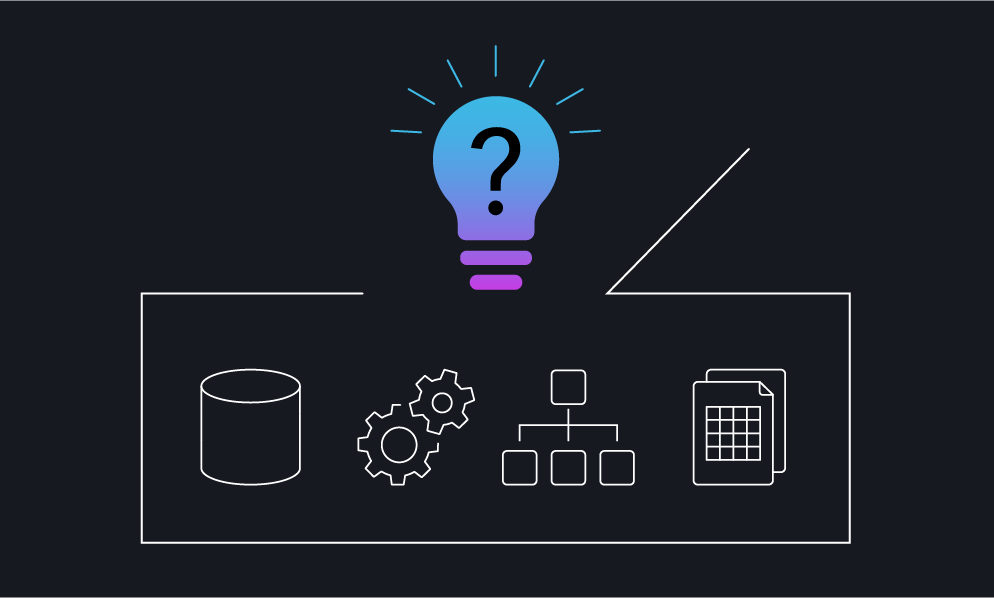To be competitive in media today, organizations are pushed to always create fresh, engaging content that will capture audience attention. However, the real opportunity for many media companies may already sit in their existing content archives. These archives, full of historical footage, TV episodes, documentaries, and raw material, represent an untapped source of revenue.
But how can a media company unlock the value of its archives effectively?
The key lies in making this content discoverable, integrating it into modern media workflows, and leveraging the scalability and flexibility of the cloud. By moving archives to the cloud, enhancing their metadata with AI, and connecting them to the broader media supply chain, companies can unlock new monetization opportunities while accelerating time to market.
 The Hidden Value of Content Archives
The Hidden Value of Content Archives
Every media company has a repository of archived content: classic films, TV shows, interviews, or raw footage that never saw the light of day. These archives hold enormous potential, as audiences are increasingly interested in rediscovering old content, whether due to nostalgia or an appetite for new content experiences. Classic footage stored over the years can be repurposed for documentaries, licensed to other platforms, or remonetized on streaming services.
Despite maintaining these expansive collections of content, many companies struggle to capitalize on these archives, finding it difficult to search, manage, and integrate them into modern workflows. Often, archives are scattered across different storage systems, with incomplete metadata and inconsistent formats. Without the right infrastructure and tools, it’s impossible to monetize these assets efficiently.
 Moving Content Archives to the Cloud
Moving Content Archives to the Cloud
One of the most critical steps in unlocking the value of content archives is moving them to the cloud. Cloud storage offers scalability, accessibility, and flexibility that traditional on-premise storage systems can’t match. By transitioning archives to the cloud, media companies centralize their content, making it easier to manage, search, and share.
Cloud-based archives offer several key advantages:
- Accessibility: Once content is in the cloud, it can be accessed from anywhere in the world by anyone with the proper permissions. This makes it easier for distributed teams, remote workers, or third-party partners to collaborate on content projects.
- Scalability: As content libraries grow, the cloud offers companies the ability to scale storage capacity on demand, without the need for costly infrastructure upgrades.
- Cost Efficiency: Cloud storage eliminates the overhead of maintaining physical servers and reduces long-term costs, particularly for companies with large, growing archives.
- Future-proofing: The cloud is designed to evolve with emerging technologies, ensuring that archived content remains accessible and adaptable as new formats and platforms arise.
By migrating archives to the cloud, media companies can eliminate many of the bottlenecks that come with on-premise storage while gaining the agility to repurpose and monetize content much faster.
 Metadata: The Linchpin of Discoverability
Metadata: The Linchpin of Discoverability
Once archives are in the cloud, the next challenge is making them discoverable. Metadata, the descriptive information that makes content searchable, plays a critical role here. Unfortunately, older content often lacks the robust metadata needed to make it easily searchable by today’s standards. Without proper metadata, valuable content can remain buried, unused, and impossible to monetize.
This is where “metadata augmentation” comes in. AI-powered tools can analyze content and automatically generate detailed metadata that wasn’t available when the content was first produced. By using AI to recognize faces, transcribe audio, identify themes, and even tag emotional tones or cultural relevance, media companies can build rich metadata frameworks that make archived content far more discoverable.
For example, AI tools can scan through hours of archived news footage and generate keywords, tag individuals, or even flag footage related to specific events. This level of granularity in metadata not only makes the content easier to find and opens up new opportunities for monetization through licensing, distribution, or direct-to-consumer platforms.
 Connecting Archives to the Media Supply Chain
Connecting Archives to the Media Supply Chain
Metadata is just one part of the equation. To fully capitalize on archived content, companies need to connect their cloud-based archives to the broader media supply chain. This means integrating archived content into workflows so it can be seamlessly used in new productions, repurposed for digital distribution, or licensed to third parties.
For instance, with the right metadata and cloud infrastructure in place, a content creator working on a new documentary can easily search for historical footage and integrate it into their project without going through the onerous process of manual searching and viewing. Additionally, connecting archives to the supply chain enables companies to package and distribute content more quickly, whether for streaming services, syndication, or global markets.
By going through this process, archived content moves from being a static asset to a dynamic one—ready to be reused at a moment’s notice, whether for a documentary, a news story, or a social media campaign. Faster delivery of archived content to market not only drives new revenue streams but also keeps media companies competitive in an industry that thrives on speed and agility.
 Automation and Speed: The Cloud Advantage
Automation and Speed: The Cloud Advantage
One of the major advantages of moving archives to the cloud and connecting them to the supply chain is the potential for automation. Cloud-based workflows can be highly automated, from content retrieval and file preparation to transcoding, packaging, and delivery. By accelerating processes across the supply chain, automation drastically reduces time to market, in turn giving media companies a competitive edge in supplying the content today’s audiences demand.
With AI-driven metadata and cloud workflows, media companies can ensure that content is automatically tagged, packaged, and ready for distribution in a fraction of the time it would take using traditional manual processes. This kind of operational efficiency is key to staying competitive and capitalizing on new content trends or market demands.
The Future of Archive Monetization
In the present era of digital media consumption, the past is more valuable than ever. By moving content archives to the cloud, enhancing metadata, and integrating them into the media supply chain, companies create significant monetization opportunities from troves of content otherwise sit collecting dust. The key to success lies in making these archives accessible, discoverable, and ready for immediate reuse.
With the power of cloud infrastructure and AI tools, media companies are no longer limited by the physical or technical constraints of the past. The future of archive monetization is here, and it’s as much about unlocking the value of yesterday’s content as it is about creating tomorrow’s viewing experiences.



